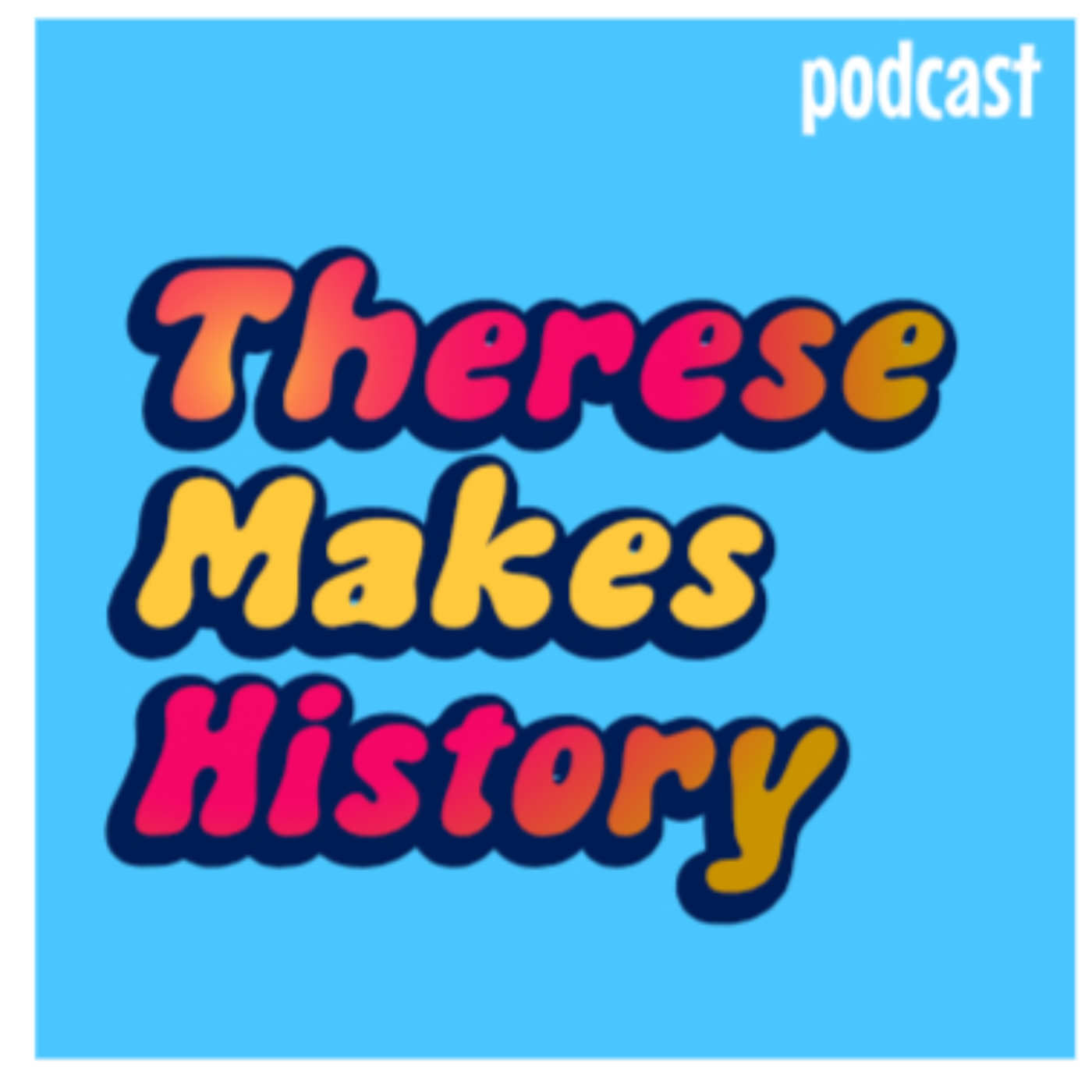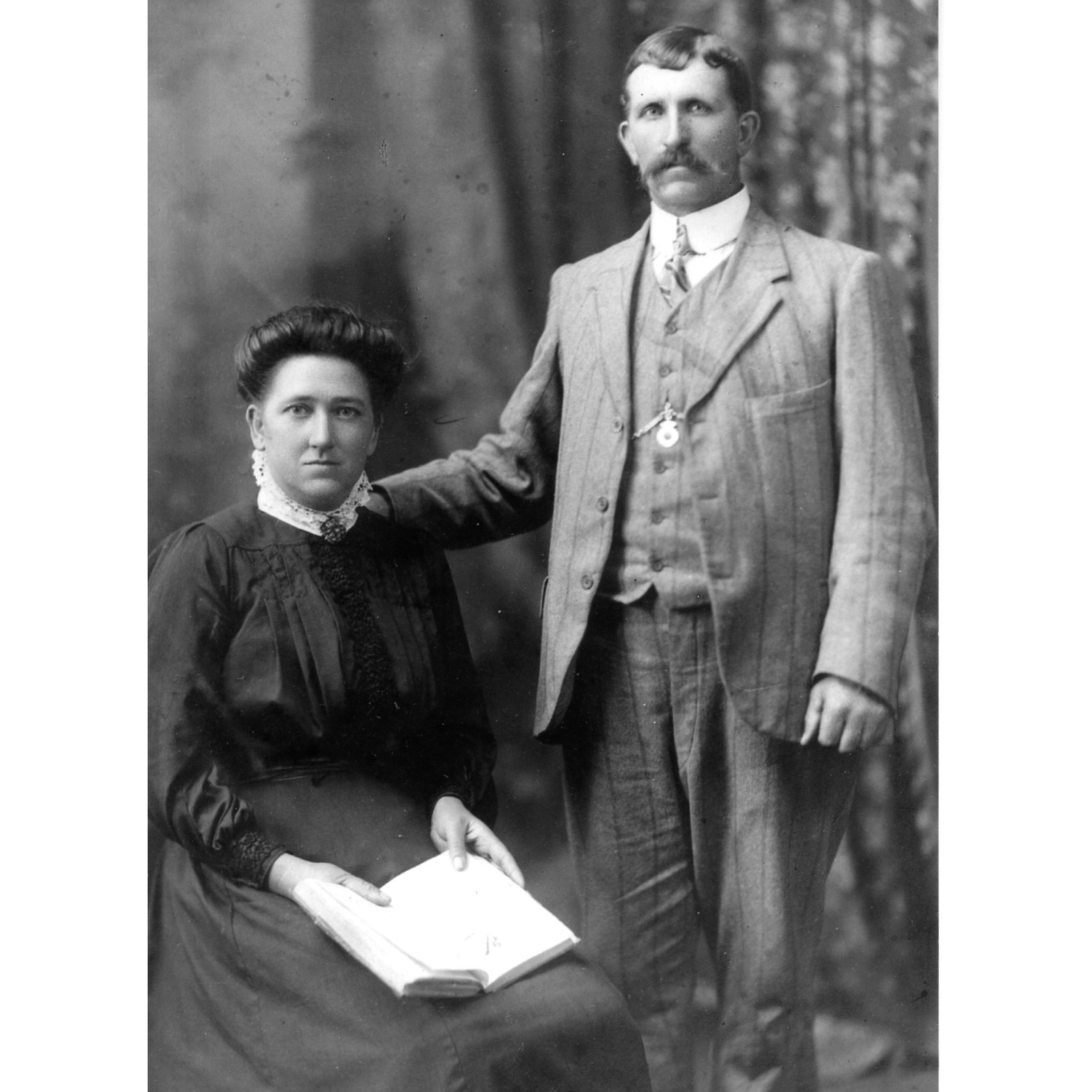Season 1: The Dairy Lane Project
Podcast Description
Berry N.S.W Australia is the No. 1 favourite town for tourists. Most don't know the history of the region. It was a vital centre of the dairying industry in Australia throughout the 20th century. Twin brothers Ted & Tom Walsh from Far Meadow (Berry) who moved to Jamberoo and perfected a new dairy breed-'The Australian Illawarra Shorthorn" in the early 20th century. It led in milk production for many years and it's bulls and later AI (Artificial insemination) were in great demand. An AI Centre was established in Berry in the 50s with visitors learning the technology & breeds from all around the world.Farmers travelled to Berry, Jaspers Brush & Meroo Meadow from all over the State and the nation to attend stud sales when rail was introduced. These villages form a 14km strip down the Princes Hwy. The lanes off to the left and right named after the pioneering dairy farmers from the 1850s onwards. Season 1 engages the descendants of those pioneers, Therese visits the farms they are still on, some 5 generations later and records their stories. To honour their contributions to the industry and innovations.Therese Sweeney has been producing digital history since the '90s: with camera's, sound, video & digitising residents private collections to archive and exhibit in our major cultural institutions in NSW. She has applied her formula to this project.This is an engagement with residents, Berry Museum & Shoalhaven Historical Society.10 episodes in Season 1 explore the dairying history from Berry to Bomaderry, major fresh milk producers for the Sydney market, Berry being the oldest milk Co-operative in the nation. Farmers transporting milk to local factories via rivers, carriers with horse & sulky, then with the introduction of mechanisation; via post war vehicles, steamers at ports, then railway to milk trucks.theresesweeney.com.ausweeney.lib.uts.edu
Podcast Insights
Content Themes
Explores the agricultural heritage of the Berry area with specific episodes detailing the contributions of pioneer families, the evolution of farming techniques, and the significance of the Illawarra Shorthorn breed, emphasizing topics like the development of local dairy farms and innovations such as artificial insemination technology.

Berry N.S.W Australia is the No. 1 favourite town for tourists. Most don’t know the history of the region. It was a vital centre of the dairying industry in Australia throughout the 20th century. Twin brothers Ted & Tom Walsh from Far Meadow (Berry) who moved to Jamberoo and perfected a new dairy breed-‘The Australian Illawarra Shorthorn” in the early 20th century. It led in milk production for many years and it’s bulls and later AI (Artificial insemination) were in great demand. An AI Centre was established in Berry in the 50s with visitors learning the technology & breeds from all around the world.
Farmers travelled to Berry, Jaspers Brush & Meroo Meadow from all over the State and the nation to attend stud sales when rail was introduced. These villages form a 14km strip down the Princes Hwy. The lanes off to the left and right named after the pioneering dairy farmers from the 1850s onwards. Season 1 engages the descendants of those pioneers, Therese visits the farms they are still on, some 5 generations later and records their stories. To honour their contributions to the industry and innovations.
Therese Sweeney has been producing digital history since the ’90s: with camera’s, sound, video & digitising residents private collections to archive and exhibit in our major cultural institutions in NSW. She has applied her formula to this project.This is an engagement with residents, Berry Museum & Shoalhaven Historical Society.
10 episodes in Season 1 explore the dairying history from Berry to Bomaderry, major fresh milk producers for the Sydney market, Berry being the oldest milk Co-operative in the nation. Farmers transporting milk to local factories via rivers, carriers with horse & sulky, then with the introduction of mechanisation; via post war vehicles, steamers at ports, then railway to milk trucks.
Season 1: Supported by Turf Co Jaspers Brush https://turfco.com.au/
Lyn Brandon is the last O’keeffe to be born at Kiltankin Stud, O’keeffes Lane in 1953.
Her grandfather Denis O’keeffe migrated from Ireland at age 14 and settled in Broughton village, arriving around 1879. He married Martha Timbs, the daughter of pioneer Samuel Timbs. Together they had 8 children. They lived in an existing hut on the property when they purchased 3 blocks of land in Jaspers Brush in 1913. Then built a larger home named Kiltankin, which still stands today at the end of O’keeffes Lane, Jaspers Brush. Named after a village Denis migrated from in Ireland. O’keeffes were great breeders of the Illawarra Shorthorn, sharing knowledge & know doubt genetics with the Walsh twins Tom & Ted who are credited with developing the breed.
Lyn’s father Patrick ran Kiltankin when his father Denis passed in 1930s. Patrick continued in the development of the Kiltankin stud and running the dairy. He judged dairy cows at agricultural shows all over Australia and entered his bulls and cows across the south coast and at Sydney Royal. He was president of the Berry Agricultural Society during the 1950’s twice!
Lyn’s recording reflects and personalises their lives and the whole of the O’keeffe clan in O’keeffes Lane. Lyn’s son Mathew has continue to breed under the name Kiltankin.
Tune in to the complete recording where I address the true origin of the name Jasper’s Brush.
Season 2 : Sponsored by Ian Zandstra from Pyree. A leader in dairying in the Shoalhaven.
Website: theresesweeney.com.au

Disclaimer
This podcast’s information is provided for general reference and was obtained from publicly accessible sources. The Podcast Collaborative neither produces nor verifies the content, accuracy, or suitability of this podcast. Views and opinions belong solely to the podcast creators and guests.
For a complete disclaimer, please see our Full Disclaimer on the archive page. The Podcast Collaborative bears no responsibility for the podcast’s themes, language, or overall content. Listener discretion is advised. Read our Terms of Use and Privacy Policy for more details.